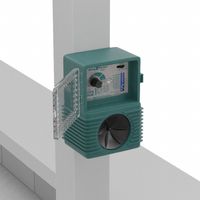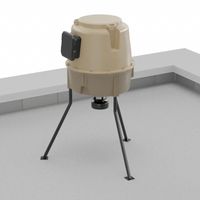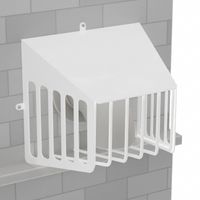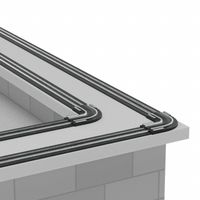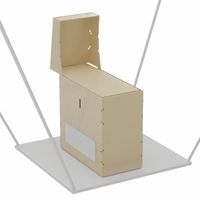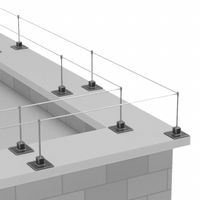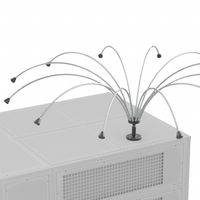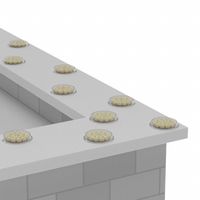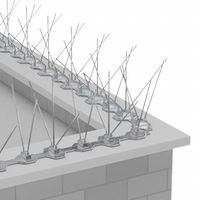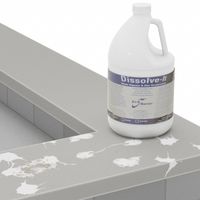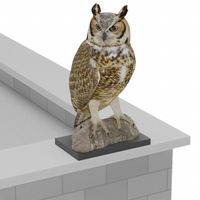The frequency of pest control treatments depends on several factors, including the type of pest, the severity of the infestation, the environment, and the specific pest control methods used. Generally, for residential properties, a quarterly pest control service is recommended, which means treatments are applied every three months. This schedule helps maintain a pest-free environment by addressing seasonal pest issues and preventing infestations before they become severe.
For specific pests, the frequency may vary:
1. **Ants, Spiders, and Roaches**: Quarterly treatments are usually sufficient, but in cases of severe infestations, monthly treatments might be necessary until the problem is under control.
2. **Termites**: Annual inspections are crucial, with treatments applied as needed. Some termite control methods, like baiting systems, require more frequent monitoring.
3. **Rodents**: Initial treatments may be more frequent, such as bi-weekly or monthly, until the infestation is managed. Afterward, quarterly or bi-annual visits can help prevent recurrence.
4. **Bed Bugs**: These require more intensive treatment, often involving multiple visits over a few weeks to ensure complete eradication.
5. **Mosquitoes and Ticks**: Monthly treatments during peak seasons (spring and summer) are effective in reducing populations.
Commercial properties, especially those in the food industry, may require more frequent treatments, such as monthly or bi-monthly, due to higher pest pressures and regulatory requirements.
Environmental factors, such as climate and location, also influence treatment frequency. Warmer, humid climates may necessitate more frequent applications due to higher pest activity.
Ultimately, a customized pest control plan, developed in consultation with a professional pest control service, is the best approach to determine the appropriate frequency of treatments for your specific situation.
